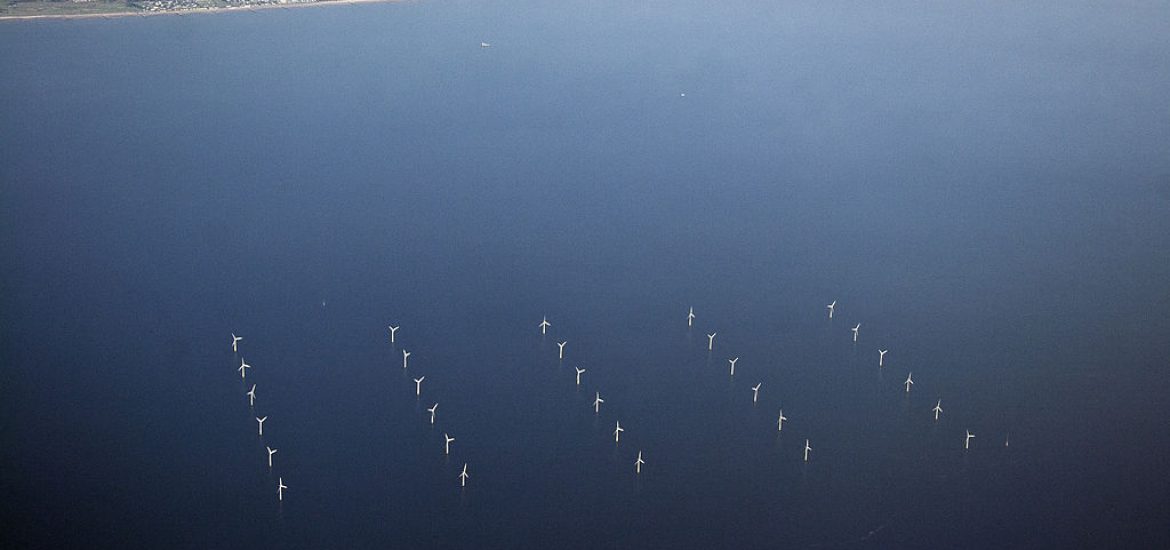
The European wind industry brought online 11.7 gigawatts (GW) of wind power capacity last year, down 32 per cent in annual terms, according to lobby group WindEurope.
Around 68 per cent of Europe’s total wind capacity is installed in only five countries.
The organisation reported that 8.6 GW of onshore and 2.65 GW of offshore wind turbines became operational in the last 12 months, which also saw the decommissioning of 0.4 GW of wind turbines, which were mostly onshore.
WindEurope’s chief executive Giles Dickson said growth in onshore wind fell by more than half in Germany last year and “collapsed in the UK”, saying that 2018 was the EU’s “worst year for new wind energy installations since 2011″.
Germany installed the most turbines with 3.37 GW last year, including 969MW of offshore capacity, but it was down from in excess of 6.5GW in 2017.
Europe’s largest economy was followed by the UK at 1.9 GW and France 1.57 GW. The environmental NGO claimed 14 European countries did not open any wind installations last year, including 12 EU member states.
Europe had 189 GW of installed wind power capacity in December, 171 GW of which was onshore, WindEurope said.
Germany has the most total installed wind capacity, followed by Spain, the UK, France and Italy.
Of the other member states, only Sweden, Poland, Portugal and Denmark had more than 5 GW of operational capacity, WindEurope said.
The UK saw a dramatic fall in wind additions, which were down from 4.27GW with the near-collapse of the British onshore market because of the abandonment of government subsidies.
France’s relatively flat onshore additions of 1,57 GW was blamed on its lacklustre offshore sector holding growth back.
No other market surpassed 1GW of new capacity in 2018, despite rising concerns about the world’s climate.
The sluggish uptake of wind power “reflects regulatory changes that European member states have undertaken since the review of the European State-Aid Guidelines”, the Brussels-based group said. Last year wind was the EU’s second-largest form of power generation and was expected to overtake natural gas this year, WindEurope said.
Wind supplied about 14 per cent of the bloc’s electricity demand last year, compared to 12 per cent in 2017. Denmark had the highest share of wind supply with 41 per cent, followed by Ireland with 28 per cent and Portugal 24 per cent. Wind power provided about 21 per cent of German electricity.
“More and more people and businesses are benefitting from the clean and affordable power that wind delivers. But beneath the surface many things are not right,” Dickson told the media.
Offshore wind has made huge recent technical progress. Picture credit: Wikimedia





